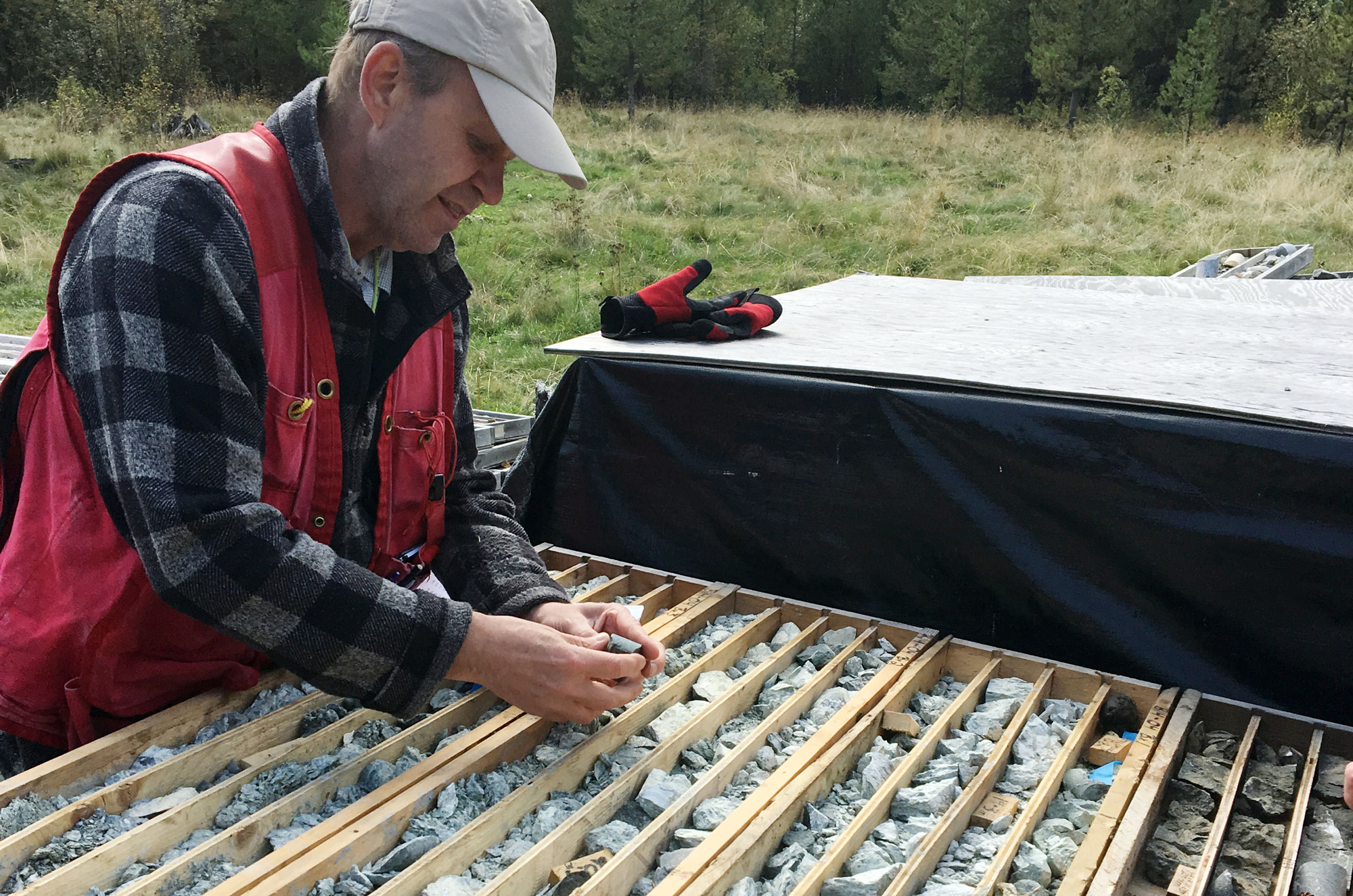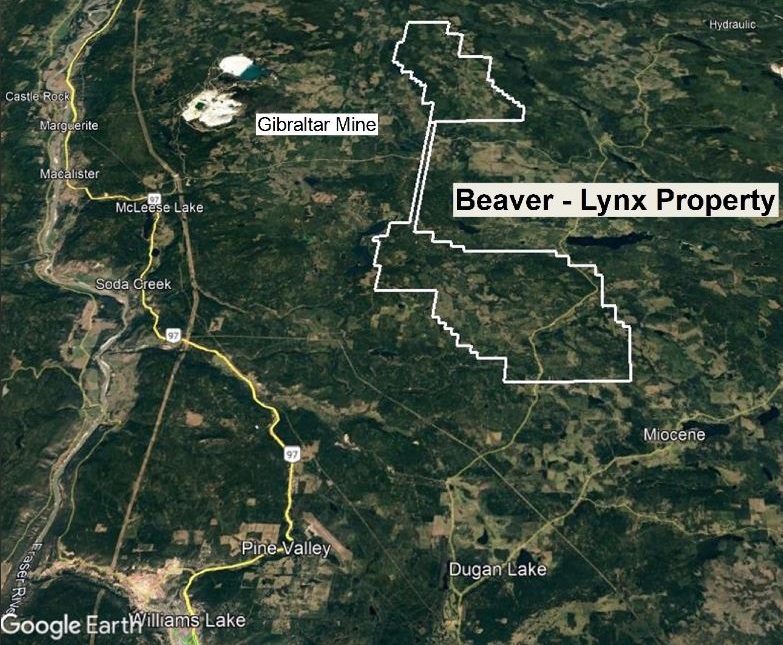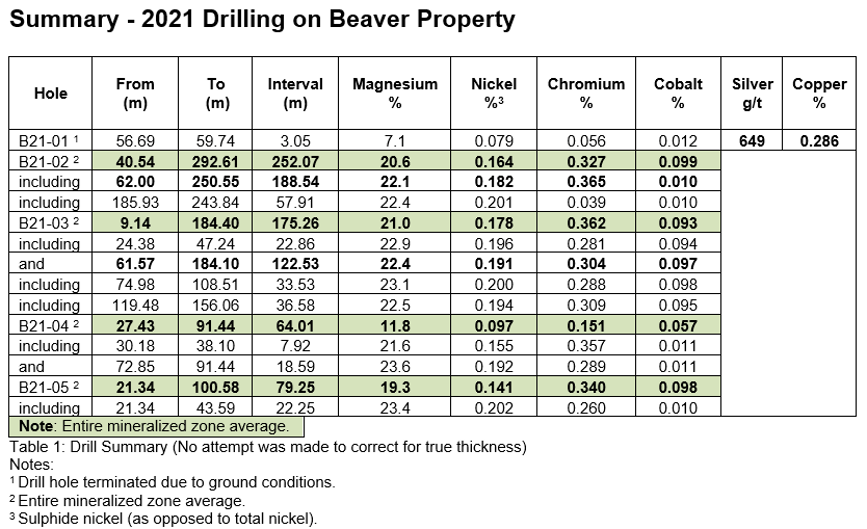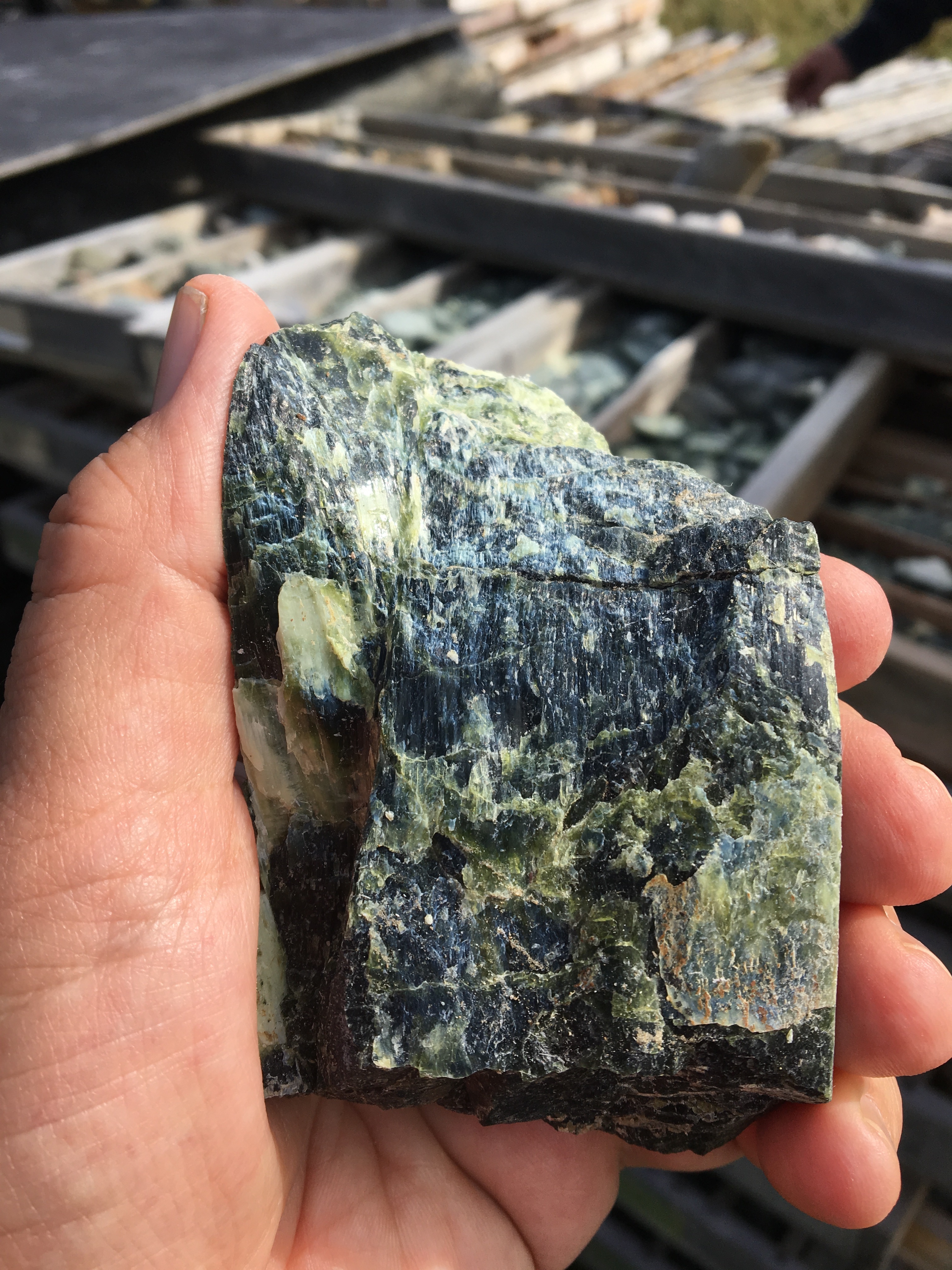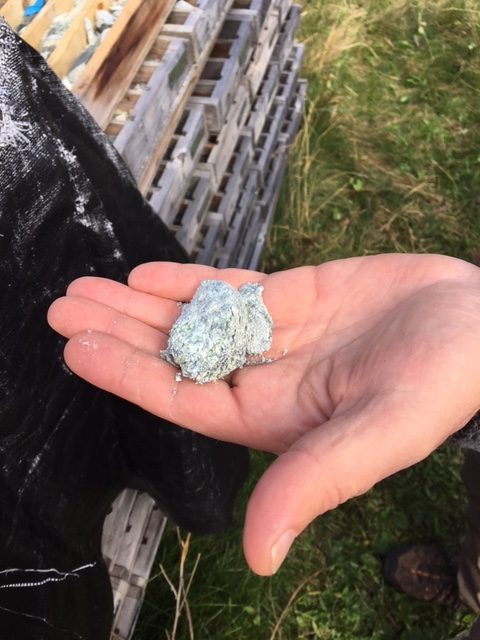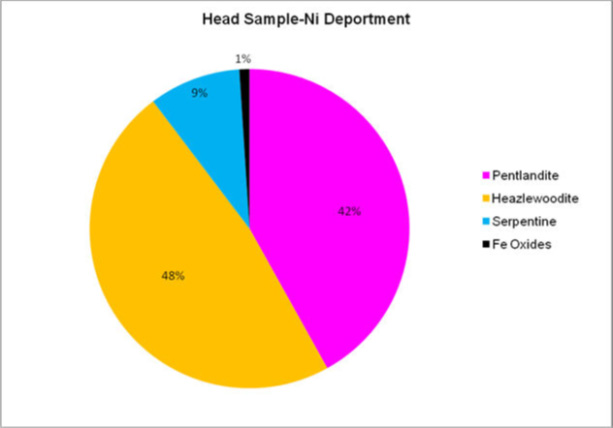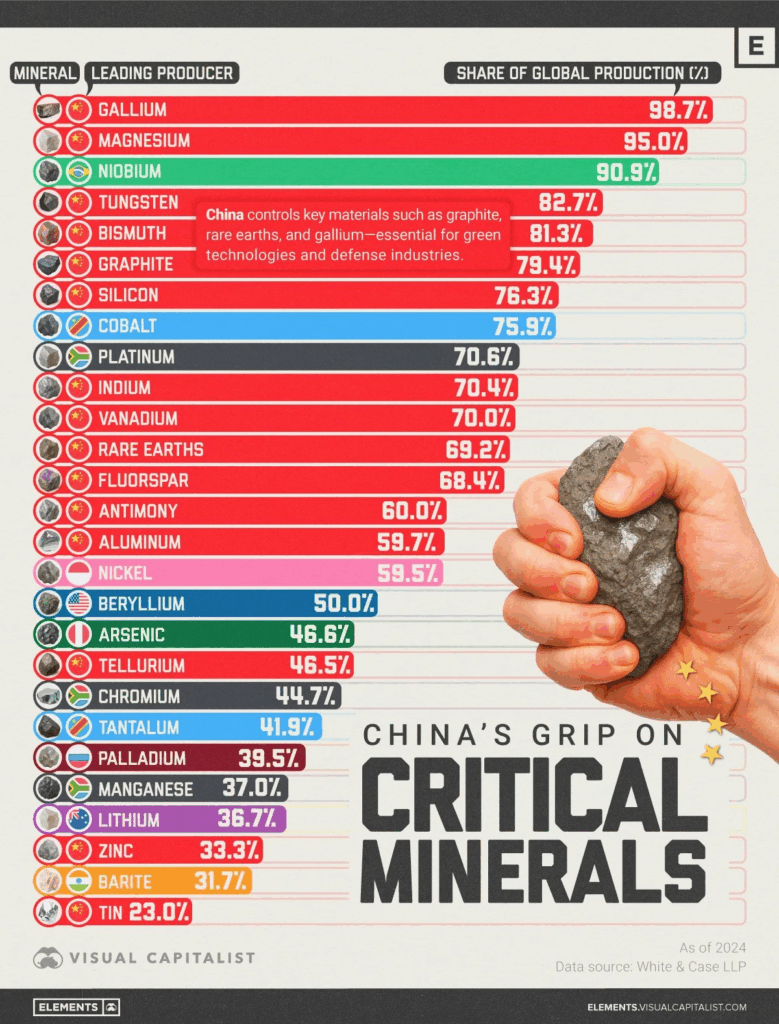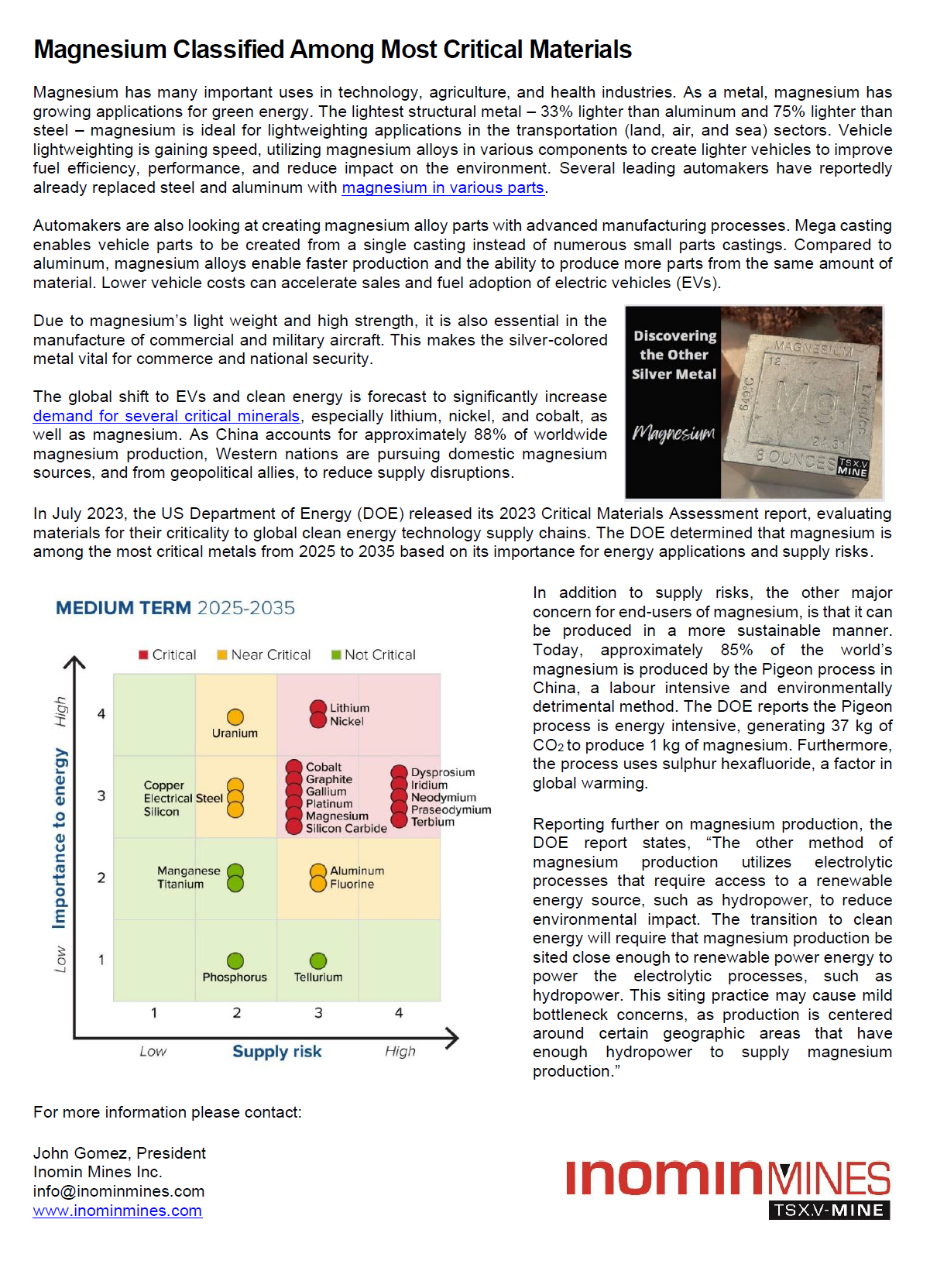Profile
Exploration including drilling demonstrates the Beaver property has the potential to host large volumes of nickel, magnesium, and cobalt. Drilling has also intersected chromium, copper, gold and silver. Given positive initial drilling results - as well as identification of multiple, large, mineral zones - the Beaver and Lynx properties (Beaver-Lynx project) may be a major source of high-important critical minerals.
Ownership
Inomin owns a 100% interest in the 11,000 hectare Beaver property located in British Columbia, Canada. Inomin and Sumitomo Metal Mining Canada Ltd. ("Sumitomo") are exploring the project together under an earn-in and joint venture agreement. Sumitomo can earn a 60% - 80% interest in Beaver-Lynx by funding exploration expenditures and other consideration. Inomin is the project operator.
Excellent Location
The Beaver property is situated in south-central BC, adjacent to the Gibraltar mine property, the second largest open-pit copper mine in Canada. The Beaver property has excellent infrastructure including roads and railway, and is near hydro-electric power. Including the connected Lynx property, Beaver-Lynx covers approximately 28,000 hectares (69,000 acres), about twice the size of San Francisco, California.
Major Discovery
Inomin's inaugural drilling program intersected significant mineralization in all drill holes including 252.1 metres grading 20.6% magnesium and 0.16% nickel. All holes ended in mineralization leaving the discoveries open to expansion in all directions. Drilling also encountered gold, silver, copper, and other metals.
Multiple Large Targets
Airborne magnetic surveys and drilling of 47 holes have discovered six mineral zones prospective for large, near-surface deposits. Including the Lynx property, the project has the potential to host significant volumes of nickel and magnesium and other critical minerals.
Positive Metallurgy
Metallurgical testing has achieved recoveries of 99% magnesium using hydrochloric acid (HCl) leaching. Up to 58% of nickel was extracted by flotation.
Overview
Historic exploration by a previous operator in the Beaver property area initially targeted gold. Although gold was found in select areas, nickel sulphide and cobalt were discovered in uniform amounts over all areas drill tested. The ultramafic rock hosting the nickel, delineated by magnetic surveys and drilling, covers a 4 km by 8 km footprint indicating the property’s potential for large, near-surface (bulk-tonnage style) mineralization.
Given the discovery of significant nickel, a pre-scoping metallurgical study was completed by SGS Canada Inc. in 2015. Metallurgical tests demonstrated positive nickel recovery rates in line with nickel deposits of a similar nature. As nickel prices were relatively low at the time (around US$4.00/lb) and a new gold discovery was made by the past ownership group elsewhere in the region, no further work was done at the property.
Inomin acquired the Beaver property by staking in 2019. The company also acquired the 17,300 hectare Lynx nickel property, located just 11 kilometres south of Beaver, given the similar geological environment and extensive nickel occurrences found in outcroppings. As the Beaver and Lynx properties are near the Gibraltar and Mount Polley porphyry deposits – representative of major hydrothermal activity – the district is geological conducive for hosting substantial mineral deposits.
In 2021, following ground survey programs, Inomin completed its first drilling program at Beaver. The drill program, consisting of five holes (716 metres) over 5.7 kilometre long area, discovered significant magnesium, nickel, and chromium. Inomin's discovery confirmed Beaver’s potential for hosting large volumes of magnesium and nickel – important critical minerals for clean energy, high technology, and defense sectors.
In 2025, Inomin and Sumitomo agreed to work together to explore the Beaver-Lynx project. Sumitomo, a leading Japanese company involved globally with resource project development and production, enables Beaver-Lynx's significant mineral potential to be tested.
Location
The Beaver property is ideally located in south-central British Columbia, 50 kilometres north from the town of Williams Lake and just 15 kilometres east of the giant Gibraltar deposit, the second largest open-pit copper mine in Canada. The property is easily accessible by paved roads with hydro-electric power nearby.
Exploration
Inomin's inaugural 2021 drilling program at Beaver generated an exciting major discovery of magnesium-nickel-chromium, and other critical minerals. Drill-hole B21-02 intersected 252.1 metres (m) grading 20.6% magnesium, 0.16% nickel, and 0.33% chromium. B21-02 is the longest mineralized hole ever drilled at Beaver, and the first-ever drilling in the Spur zone, one of five large mineralized areas at the property.
Hole B21-01 at Spur also made another first, discovering near-surface silver and copper, intersecting 649 g/t silver and 0.29% copper over 3 metres, before the hole was terminated due to difficult ground drilling conditions.
Followup drilling in 2023 focused on the South and Ring zones. Drilling intersected further near-surface, high-grade magnesium and nickel over long intersections. South zone drill-hole B23-03 intersected 23% magnesium with 0.19% nickel over 179.2 metres, the longest intersection from drilling in the South Zone to date. Drill hole B23-04, testing the eastern portion of the Ring zone 2.3 kilometres northeast, intersected 22.3% magnesium with 0.18% nickel over 112.2 metres, with mineralization beginning at bedrock surface.

Cross-section illustrating 2023 drilling results in the South Zone (looking west).
In 2025, further exploration will be completed at the South zone including drilling covering a 400,000 square metre area to test continuity of mineralization beyond initial drill discovery.
Drilling will also test a new high-priority target in the North zone. The North zone is one of the largest targets on the Beaver property, spanning about 7 kilometres in strike length.
Carbon Capture Potential
Ultramafic rocks like those that host magnesium and nickel-rich mineralization at Beaver can be among the largest carbon capture and storage reservoirs on Earth.
Initial testing by researchers at the University of British Columbia (UBC), demonstrate that samples from the Company’s Beaver discovery contain key minerals that sequester carbon dioxide (CO2) from the atmosphere.
Brucite, a mineral form of magnesium, is an important mineral for carbon capture as it naturally sequesters CO2. In tailings it reacts with CO2 removing it from the atmosphere, converting it into a safe, solid form that is stable for thousands of years.
A substantial reduction in greenhouse gas emissions could enable mines to become carbon neutral and lower operating costs. Greater emission reductions could even create carbon negative mines and the opportunity to generate carbon credits, the “holy grail” for mining operations and green investment.
Magnesium is the Key to Carbon Capture
Geology
The Beaver and Lynx properties are situated in the Cache Creek Terrane bounded to the east and west by upper Triassic-aged rocks of the Quesnel (Quesnellia) Terrane. The Cache Creek Terrane, extending from lower British Columbia to southern Yukon, consists of Permian to Triassic-aged volcanic rocks, carbonate rocks, coarse clastic rocks and small amounts of ultramafic rock, chert and argillite.
Drilling has shown that ultramafic occurrences underlie the property. Areas drill tested in magnetically anomalous zones intersected shallow dipping variably serpentinized dunites with lesser peridotites and gabbros. The dunites are composed of fine to medium grained olivines whereas the peridotites contain up to 10% coarser grains pyroxenes. These occurrences represent a basal sequence (upper mantle, lower crust) of a tectonically emplace ophiolite/island arc event.
The fabric of the underlying sediments and volcanics trend north-northwest as evidenced by the consistent drainage alignments. At least five prominent, north-northwest trending drainage lineaments cross the property. All of these are interpreted as marking bedrock fracture zones. This gives rise to the possibility that they represent horsetail splays of strike-slip faults at the end of a major strike-slip fault, possibly the Pinchi Fault which is considered to end at latitudes in the vicinity of the property (Gabrielse and Yorath, 1992). As such, the Beaver property is a prime site for hydrothermal activity.
Mineralization and Metallurgy
Magnesium and nickel mineralization at Beaver is associated with shallow dipping ultramafic rocks. Preliminary metallurgical test work conducted by SGS Canada Inc., on 2021 drilling core samples, achieved magnesium recoveries of 99% using hydrochloric acid (HCl) leaching. HCl leaching also recovered 95% of the iron. Between 52% – 58% of nickel was extracted using floatation.
Optimization of extraction techniques is expected to increase recoveries. The metallurgical test results demonstrated the ability to extract magnesium and nickel utilizing conventional processing methods and are an important milestone for the project.

